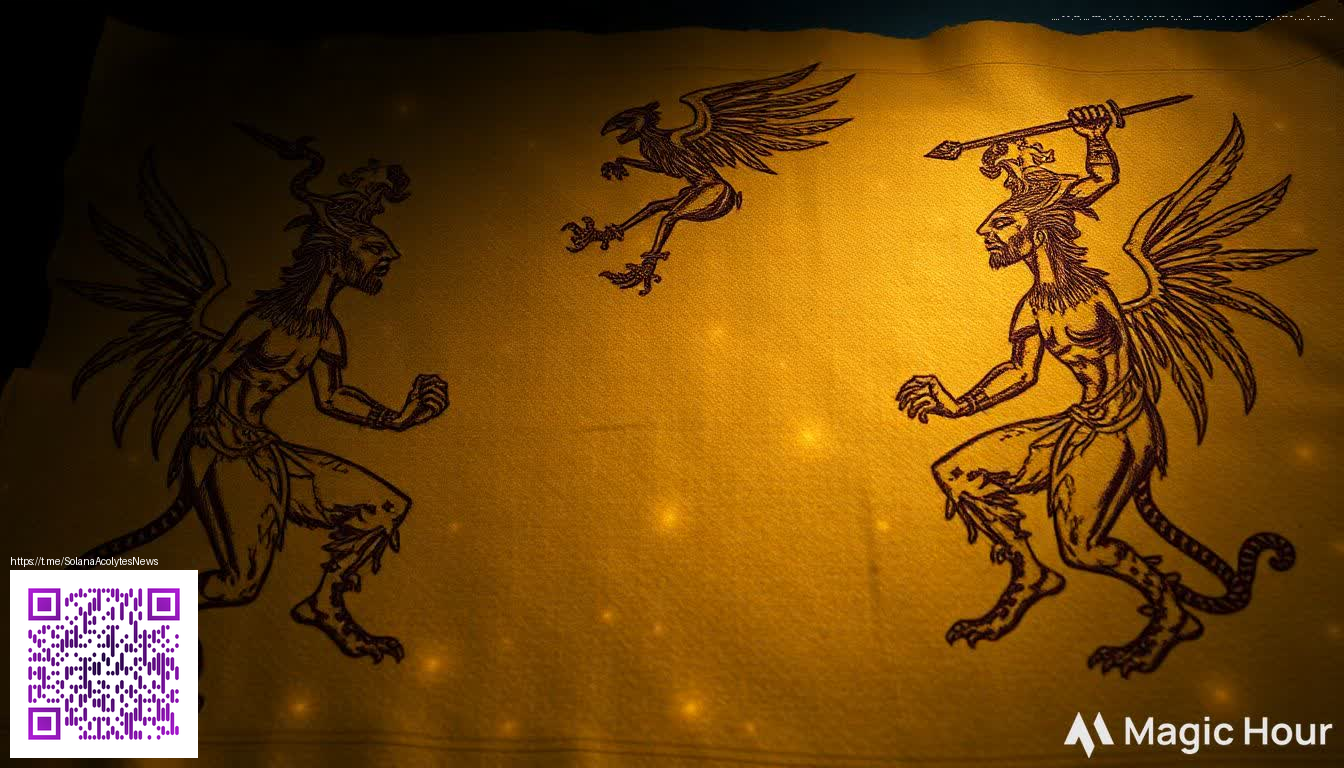
Why Economies Drive Immersion in Modern Games
Economic storytelling is more than currency numbers; it's a design language that reaches beyond mechanical balance. In many modern titles, players accumulate resources, negotiate prices with NPCs, and watch markets respond to their actions. When these systems feel coherent and consequential, players don't just play a game—they inhabit a living world where choices have tangible ripple effects.
At its best, a game's economy mirrors its lore, pacing, and challenge. A low-stakes starter town economy teaches fundamentals; a post-apocalyptic market reimagines scarcity; a high-fantasy realm might let players trade rare essences for powerful narrative outcomes. The economy thus becomes a narrative engine, powering quests, relationships, and character growth.
“A well-tuned economy whispers to players: your choices matter.”
Core Principles of Economic Storytelling
- Currency identity matters: Different forms—gold, shards, energy credits—should feel distinct and map to clear in-game meanings. This clarity prevents confusion and reinforces the setting.
- Scarcity and supply/demand: Resources should be finite enough to create desire, but not so rare that players feel powerless. The market should respond to player behavior in predictable ways.
- Progression pacing: Introduce economies gradually, with milestones that unlock new exchanges, services, and opportunities, preventing early fatigue.
- Player agency: Let players influence prices, trade routes, or production chains. Meaningful choices sustain motivation beyond grind.
- Feedback loops and visibility: Clear indicators—price ticks, demand bars, or NPC sentiment—help players read the economy and plan strategies.
Designing with Narrative in Mind
Economies should echo the world’s history and social structure. A city under siege may see rationed goods, while a thriving hub might experiment with dynamic tariffs or guild-driven pricing. Currency can carry lore: perhaps a clan’s seal or a saint’s coinage represents trust and reputation, influencing bargaining power. When players grasp why prices change, they invest emotionally in the outcomes, not just the numbers on a screen.
To support the designer’s workflow as you iterate, a practical desk setup can help maintain focus. For instance, a reliable custom neoprene mouse pad keeps your notes legible and your mouse crisp during long design sessions. Small comforts compound into better design decisions over time.
Prototype, Playtest, and Polish
Start with a minimal viable economy—one currency, a handful of goods, and a simple trading rule. Use playtests to gauge whether players feel the system is fair and whether it nudges them toward the desired behaviors. Observe how players discover routes to profit or scarcity-driven risk. It’s not just about making money in-game; it’s about shaping a story where every exchange reveals a fragment of the world’s culture and politics.
“When players perceive the economy as fair and responsive, they trust the world you’ve built.”
Practical Tips for Developers
- Map currency to clear social or narrative functions—taxes for city services, tribute to factions, or quest rewards tied to reputations.
- Balance inflation with controlled sinks and sinks that reflect in-world events (festivals, wars, discoveries).
- Design pricing with volatility in mind; avoid hyper-volatile markets that frustrate players unless you want a chaotic feel.
- Use dynamic, readable UI elements—trend arrows, color-coded categories, and contextual tips—to make complexity approachable.
- Integrate opportunities for economic exploration into quests, not as separate side tasks.
As you incorporate these principles, remember that the economy is a storytelling device as much as a mechanic. The better it fits the world and its characters, the more players will invest in the journey rather than just the destination.